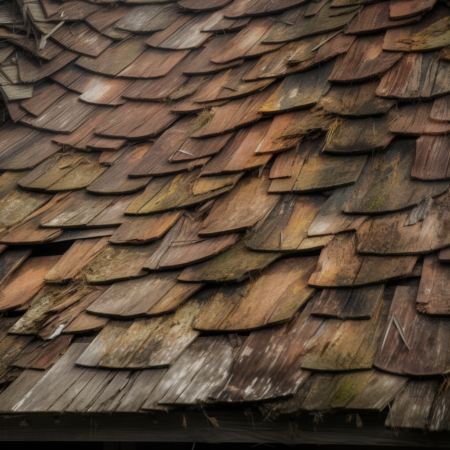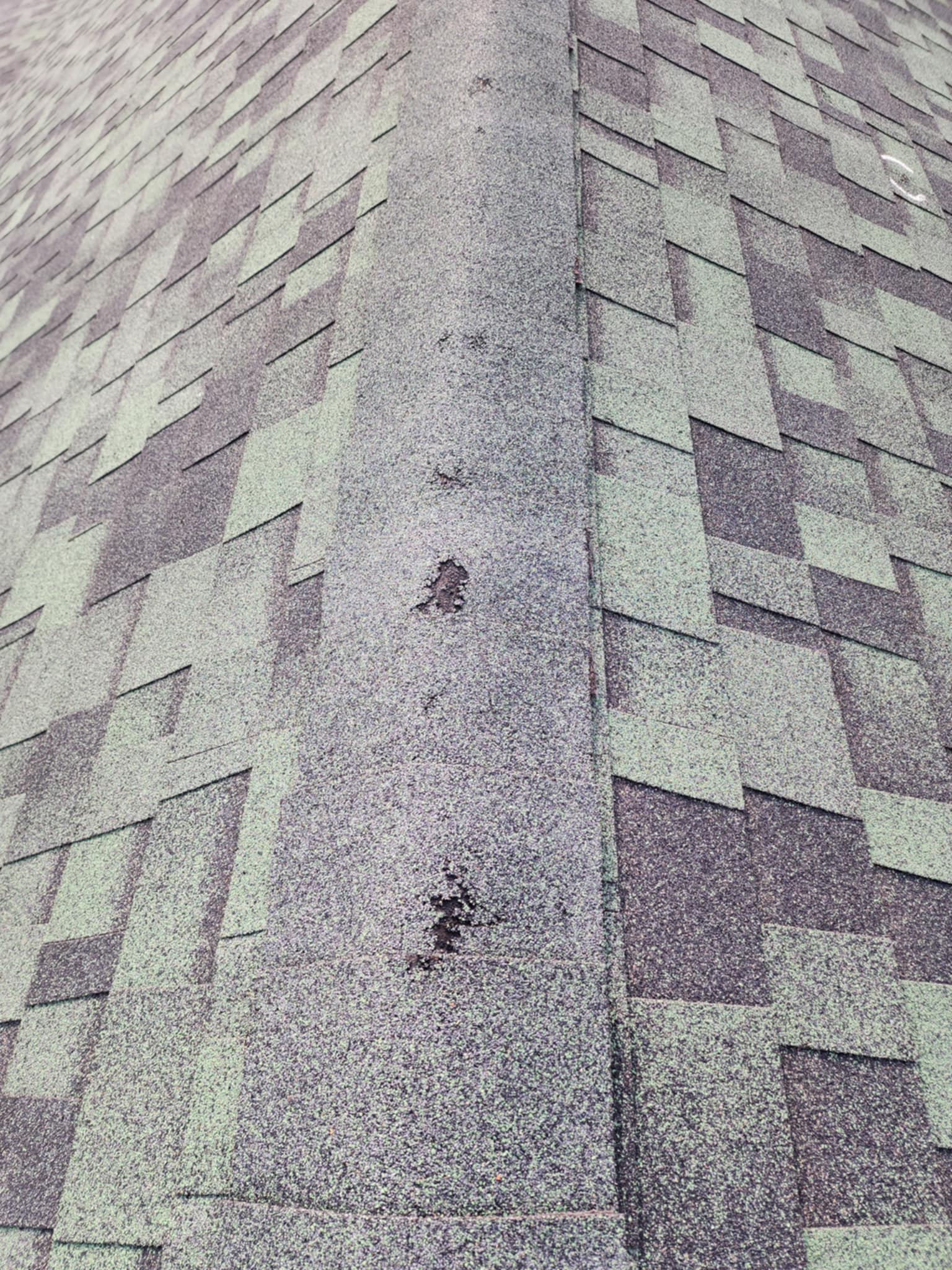When it comes to roof repairs and replacements, most homeowners are not experts, which makes them prime targets for scammers. Whether it’s after a big storm or just during regular home maintenance, shady contractors prey on unsuspecting homeowners, often costing them thousands of dollars in damage or unnecessary repairs.
At Texas Roofing & Home Improvements, we believe in transparency and protecting our community. That’s why we’re breaking down some of the most common roofing scams and how you can avoid falling victim to them.
1. The “Storm Chaser” Scam 🌪️
After a big storm, you may notice out-of-town roofing companies suddenly popping up in your area, offering quick fixes and “too-good-to-be-true” deals. These storm chasers rush through jobs with subpar materials, then disappear before issues arise—leaving homeowners with shoddy work and no way to reach them.
🔍 How to Avoid It:
✅ Only hire licensed, local contractors with a physical presence in your area.
✅ Check reviews, ask for references, and verify their business registration.
✅ Be cautious of anyone pressuring you to sign a contract on the spot.
2. The “Free Roof” Insurance Fraud 💰
Some dishonest roofers will tell you “We can get you a free roof” and claim they can cover your insurance deductible illegally. They may inflate the repair costs, commit insurance fraud, or even submit false claims—all of which can put you at risk of legal trouble.
🔍 How to Avoid It:
✅ If a contractor offers to waive or “cover” your deductible, it’s a red flag—this is illegal in many states.
✅ Always review your insurance policy and understand what is covered.
✅ Work with a contractor who is transparent about costs and insurance claims.
3. The “High-Pressure Sales” Tactic ⏳
Some roofers will use scare tactics to pressure homeowners into signing contracts immediately. They might claim your roof is on the verge of collapse or offer a “one-day-only” special deal to get you to commit on the spot.
🔍 How to Avoid It:
✅ Get multiple quotes before making a decision.
✅ Never feel rushed—a reputable roofer will give you time to consider your options.
✅ Read the contract carefully before signing anything.
4. The “Upfront Payment” Scam 🚨
A scammer may demand full payment upfront, then disappear without doing the work. Or, they might start the job but leave it incomplete, forcing you to chase them down or pay someone else to fix their mess.
🔍 How to Avoid It:
✅ Never pay in full upfront—a legitimate company will have clear payment schedules.
✅ Use checks or credit cards instead of cash to track payments.
✅ Choose a contractor with a proven track record and strong warranties.
5. The “Mystery Damage” Scam 🔨
Some unethical roofers create damage themselves or claim they “found” serious issues that don’t actually exist. They may even stage fake photos to convince you that immediate repairs are necessary.
🔍 How to Avoid It:
✅ Get a second opinion from another roofer before agreeing to major repairs.
✅ Ask for photo and video evidence of the damage before committing.
✅ Work with a company that offers free, no-pressure inspections.
How to Protect Yourself
1️⃣ Research your roofer – Check reviews, licensing, and BBB accreditation.
2️⃣ Get everything in writing – Make sure contracts are detailed and clear.
3️⃣ Work with a local contractor – Choose a company with a strong reputation in your community.
4️⃣ Ask for proof of insurance – A legitimate contractor will have worker’s comp and liability coverage.
5️⃣ Trust your gut – If something feels off, it probably is!
Need a Trustworthy Roofing Contractor? We’ve Got You Covered!
At Texas Roofing & Home Improvements, we take pride in our honest, reliable service and have built a reputation as a third-generation, local roofing company you can trust.
📞 Call us at 210-379-1307 for a free, no-obligation roof inspection!
🏡 Visit us at www.wearetexasroofing.com
Don’t let scammers take advantage of you—let’s get your roof done right! ✅


